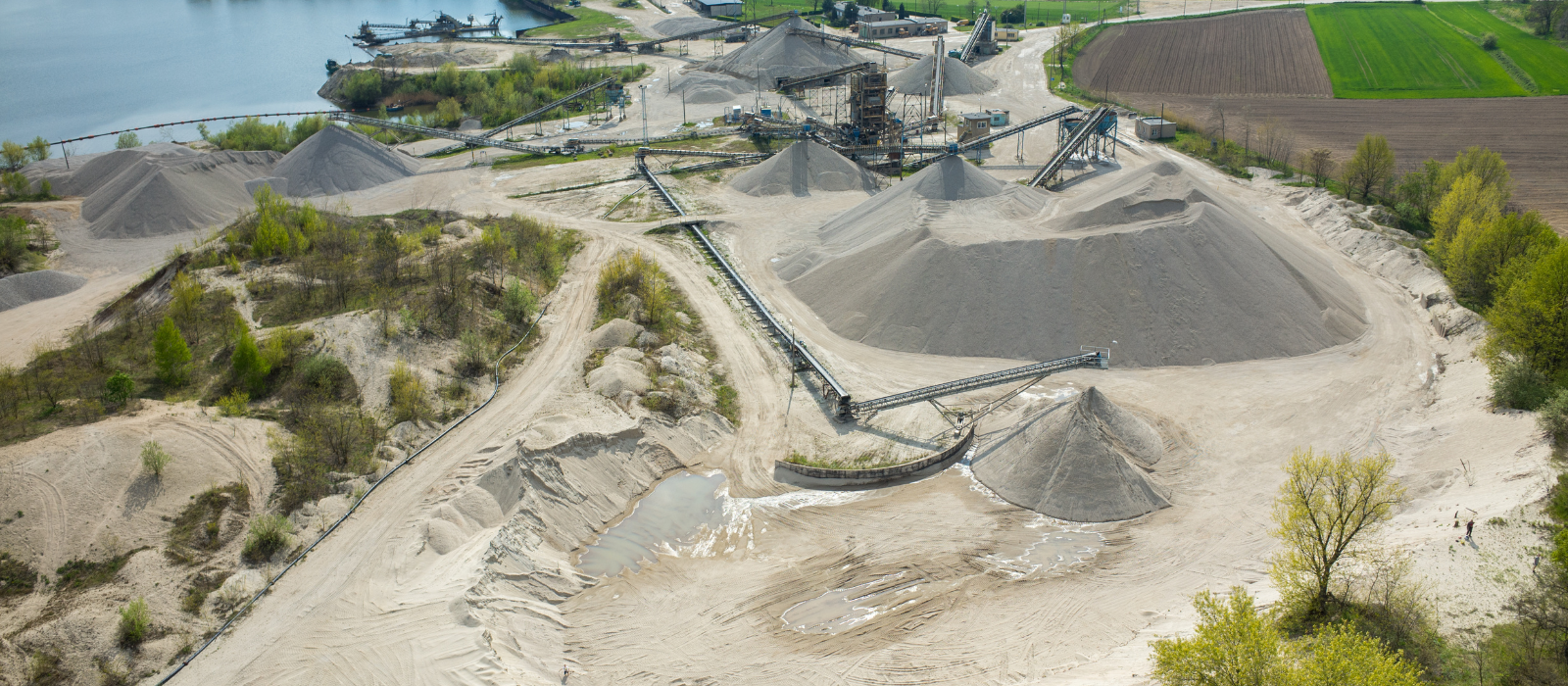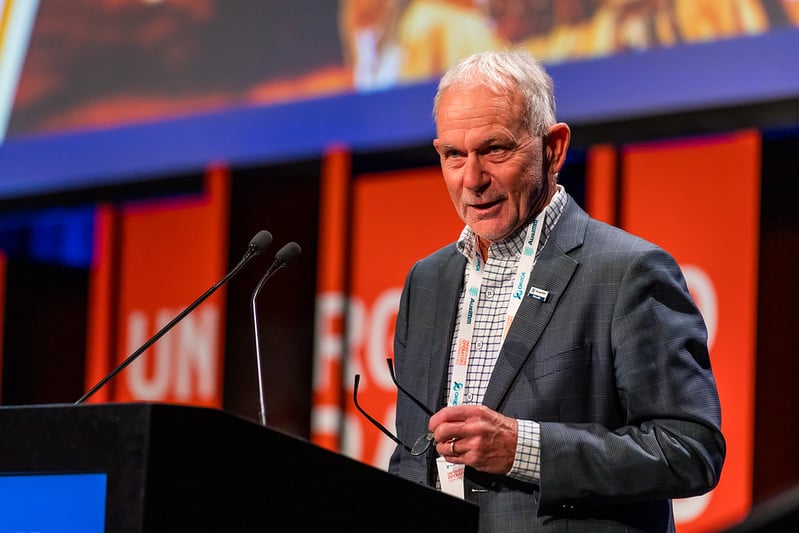Operational ESG: where rubber hits the road

The world has changed massively since Bruce Harvey FAusIMM(CP) was a practising exploration geologist in the 1990s.
And yet, he says, first principles thinking remains vital to mining’s ability to navigate an increasingly complex world and sustain its pursuit of the so-called holy grail of business management.
Rocks – geology – naturally ruled the world of an exploration geo when Harvey started in mining. However, by the mid-1990s he found he was spending over half his time negotiating or attempting to negotiate exploration access.
“I realised it was the key determining step in minerals exploration and development success,” Harvey said earlier this year at the AusIMM Underground Operators Conference in Adelaide, South Australia, in a keynote address. In response to this realisation, Harvey went and got an MBA. For more than a decade he has been waist-deep in mineral project development and approvals with the social performance advisory firm he founded, resolution88.

Bruce Harvey speaking at AusIMM's 2025 Underground Operators Conference.
Harvey said that the mining professionals in the room had crucial roles to play in delivering real ESG outcomes in and for the industry.
“Operational ESG is where the rubber hits the road,” he said.
“Most of the stuff you read in the newspaper that’s tagged ESG is not operational ESG, [which is] what we do.
Instead, Harvey said ‘ESG’ is often used as a proxy term for singular popularist issues such as net zero. This can lead to businesses seriously misjudging the risks that are most important to them in their operating context.
Harvey believes the practical management of material ESG-related risks at projects and operations can impair and constrain, or indeed enable, real performance. It’s mining engineers who can effectively operationalise material ESG factors in a life-of-mine context that have real impacts and consequences. Many of these are embedded in project designs, consents and licensing, and many of these impacts have long tails.
“Geologists and mining engineers understand that each mineral deposit is unique and that mine development requires orebody-specific optimisation. This focusing principle is equally true for ESG-related factors.
“A first principles approach rather than a regulatory or standards driven approach should be adopted.”
Harvey said ‘operational ESG’ is about taking control of your business, demonstrating that you’re reducing variance, that you're running a system under control, and that you have a good handle on the risks and are managing them.
Having highlighted the fact that only two of the world’s 40 largest undeveloped copper deposits had become mines, while the rest remained mired – some for decades – in government approval processes, Harvey was asked if miners could trust that doing the required work, with the appropriate scientific and intellectual rigour, could still produce predictable results.
“Doing operational ESG well is never going to guarantee that you can avoid political intervention,” he said.
Harvey said that, if miners are running a tight ship, they are in a much better position to eventually see their way clear through the kind of political intervention that might come about.
“So irrespective of the political climate, I'm actually just advising people to run a better business.”
Harvey said it is an underappreciated fact that there can be intrinsic business benefit gained through an overall reduction in outcome variation, which comes from good operational ESG.
“The holy grail of business management anywhere, in any sector, is reduced variation. The greatest source of variation for any minerals business lies in its external, unknowable environment, so managing ESG related matters well is a way of achieving more control and less variance in business interactions with the outside world.”
Looking for more leading insights? Read the recap of Laura Tyler FAusIMM's keynote presentation at Underground Operators here.